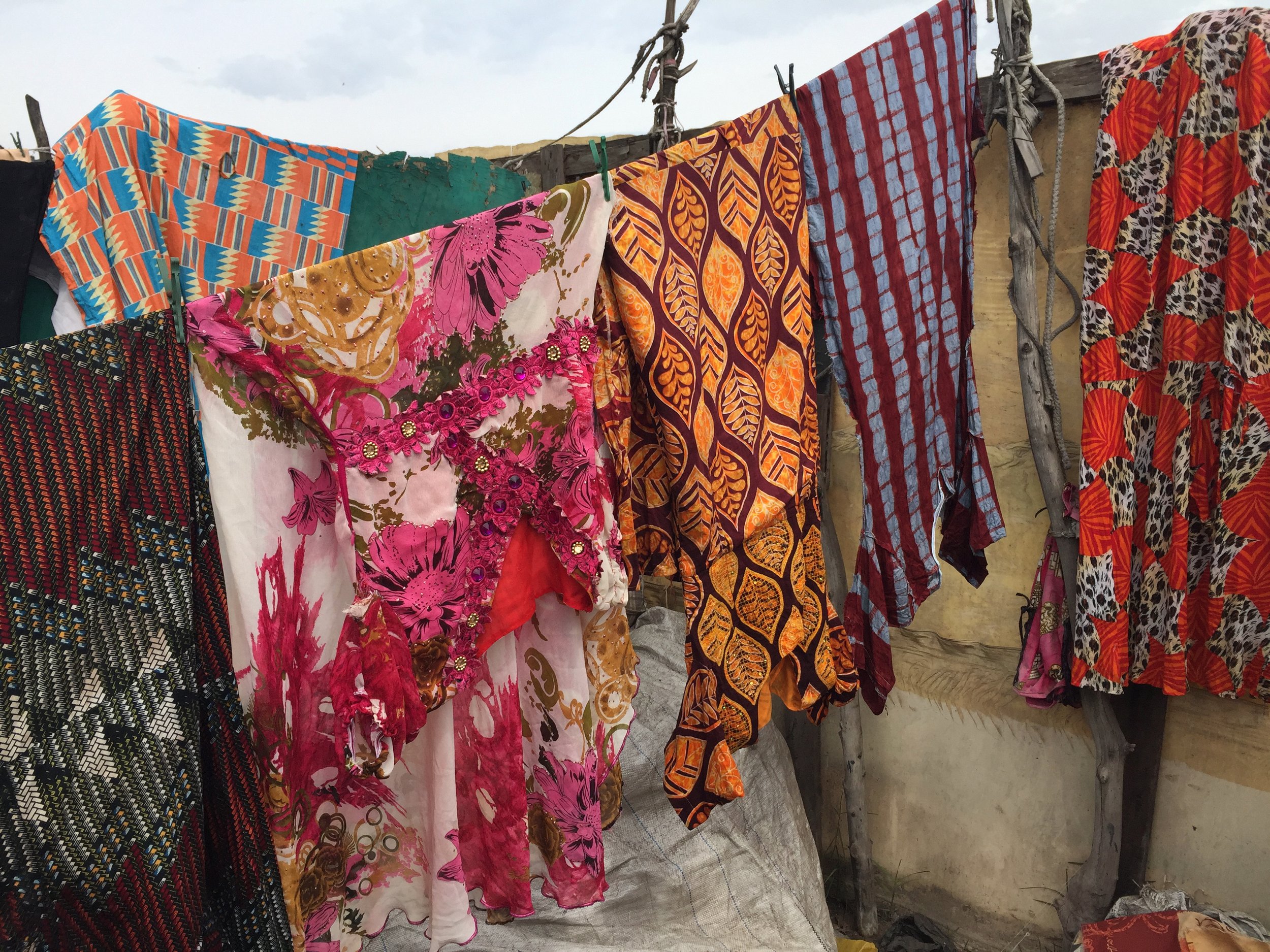Global Trade and Homework: Closing the DivideGender and Development
Home work has re-emerged as a new form of subcontracted production. Promoted through global capital, it relies on sweatshop labour conditions to cut costs and maintain workers in a vulnerable state. There are now an estimated 300 million home workers in the global workforce, who are part of the growing informal employment sector. In many instances, they are denied a living wage, safe working conditions, basic decent living standards, and recognition as workers. They can be found in every country, are mostly women, and are usually invisible. These women are slowly being recognised as the most marginalised and disadvantaged workers, as their numbers increase and the work system is extended to other industry sectors.
View list of all: Journal Articles
Go to Publication(this link opens in new window)